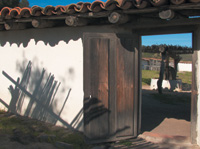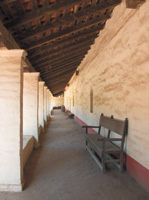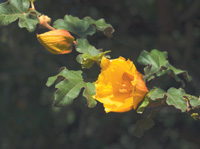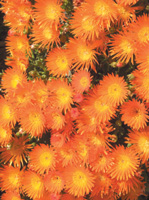Adobe Photoshop Camera Raw Plug In
Easy, Direct And Speedy Access To Digital Camera Images
Just a few years ago, when the digital camera was just beginning to catch on, image media storage capacity was very limited and expensive. To conserve this small capacity cameras were designed to output image files in lossy compressed JPEG file format so the user could record a greater numbers of images, although limited in quality, in one shooting session. As digital cameras have evolved rapidly, and their cost has come down relative to quality and resolution, the capacity of image file storage increased exponentially with a dramatic reduction in cost per megabyte of storage. Development in both camera and storage capacity now has made the use of JPEG compressed file format for camera output less of an advantage, and in terms of the lower level of image quality the cost of using JPEG is no longer a justifiable option. The TIFF And Raw
Advantage |
||||
Enter The Raw Plug-In Camera Raw Features
And Functions |
||||
To the left at the top of the window are three cursor icons that support magnifying the preview, moving the image portion displayed in the preview window, and an eyedropper to provide a read-out in RGB values. To the left under the preview window is a drop-down preview magnification selector and buttons to activate the Preview and an RGB Histogram window overlay. The remaining four drop-down selectors under the preview provide options to choose the color space for output, and below it the bit depth of output, with output size and resolution drop-down selectors. Imaging Tools |
||||
Saturation increases or decreases color intensity. Sharpness applies a filter function to enhance the space defining tone differences. Smoothness is intended to reduce noise generated by the selection of higher ISO speeds. All of these adjustments are reflected in interactive changes in the preview image. It also includes a vertical indicator when image data is pushed out of gamut, or clipped. |
||||
Test And Evaluation
Based On Using The Camera Raw Plug-In |
||||
Evaluation And Recommendation The Olympus Camedia
E-20N Digital SLR Supported Cameras |
- Log in or register to post comments








































